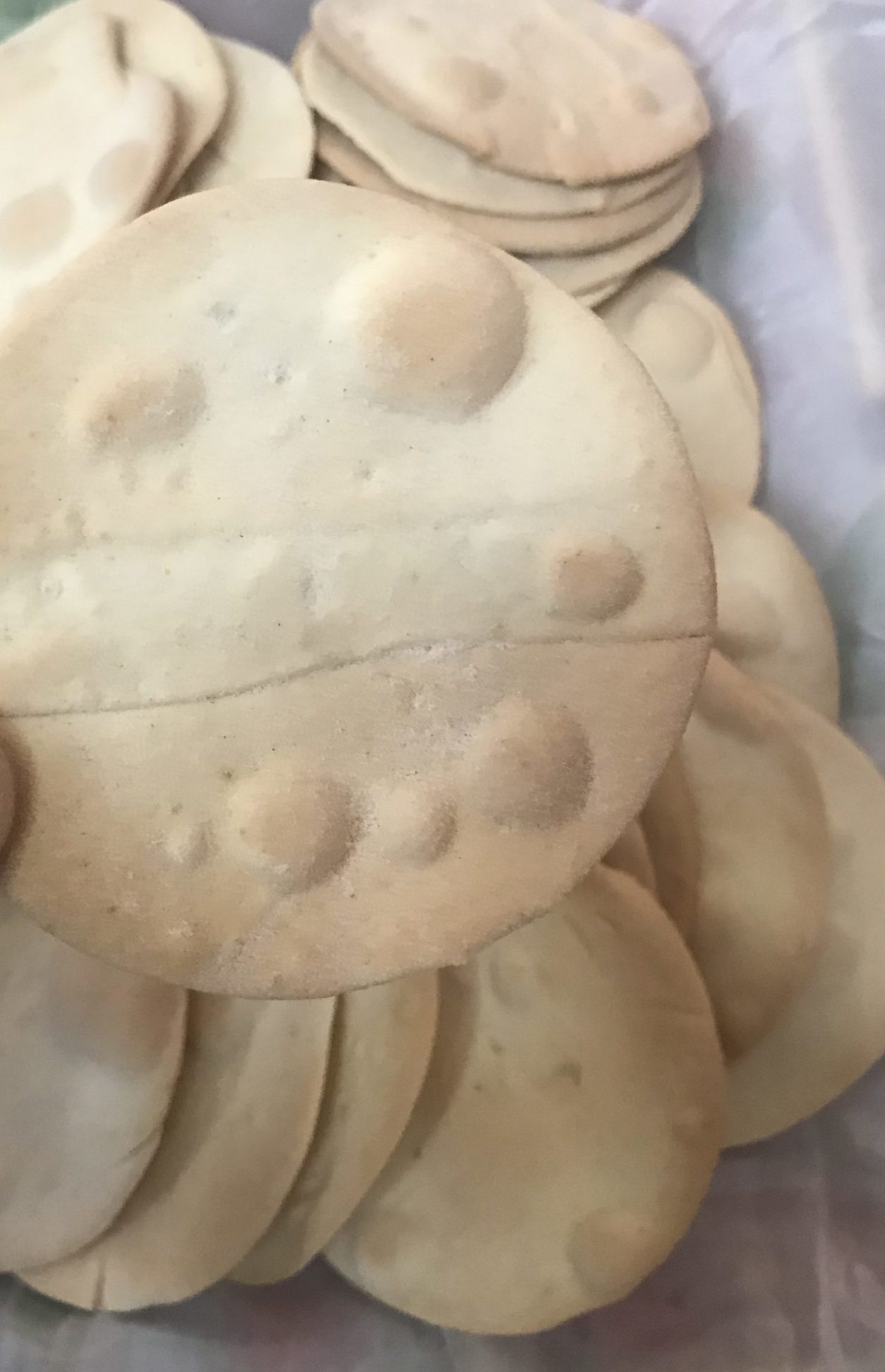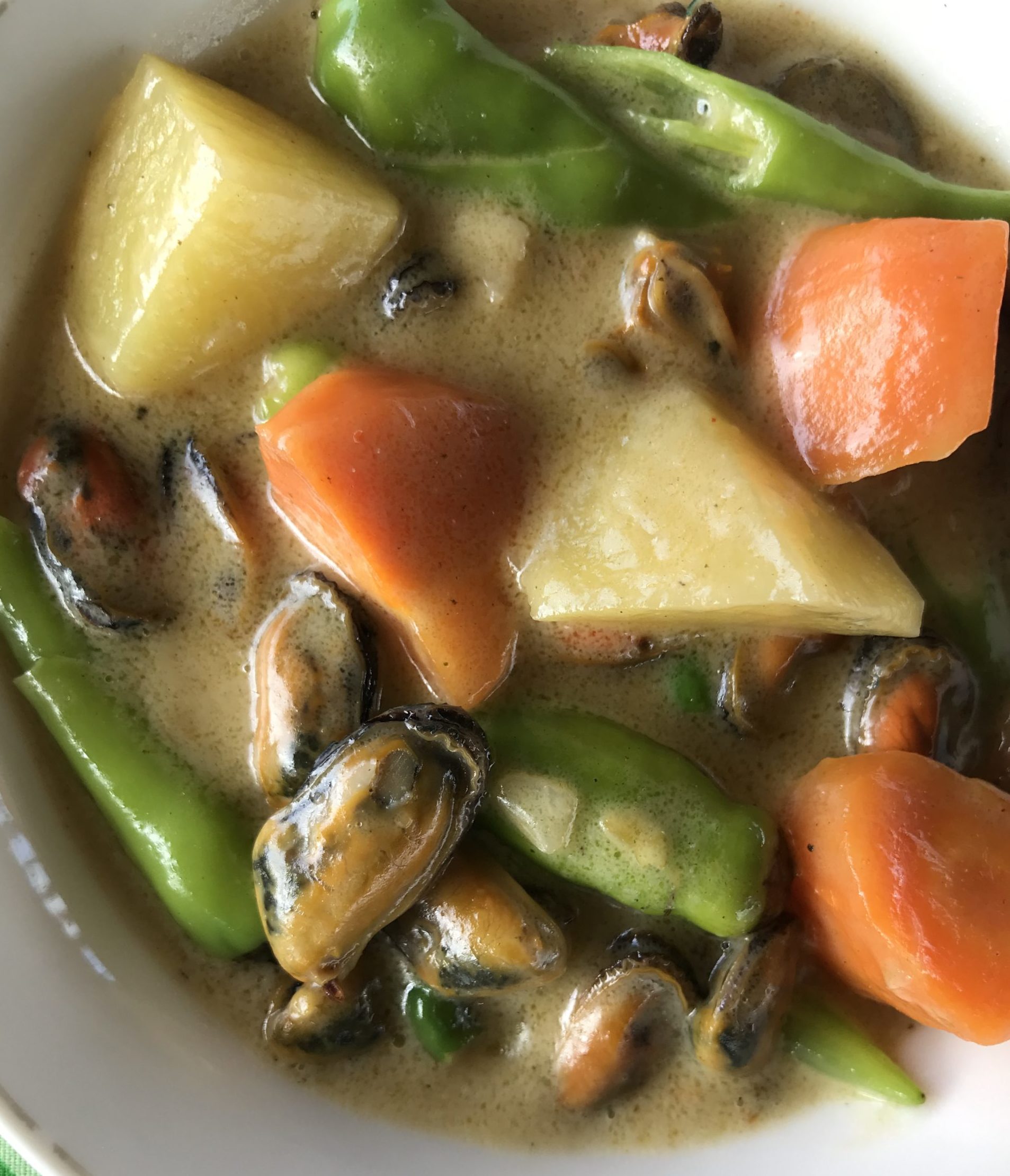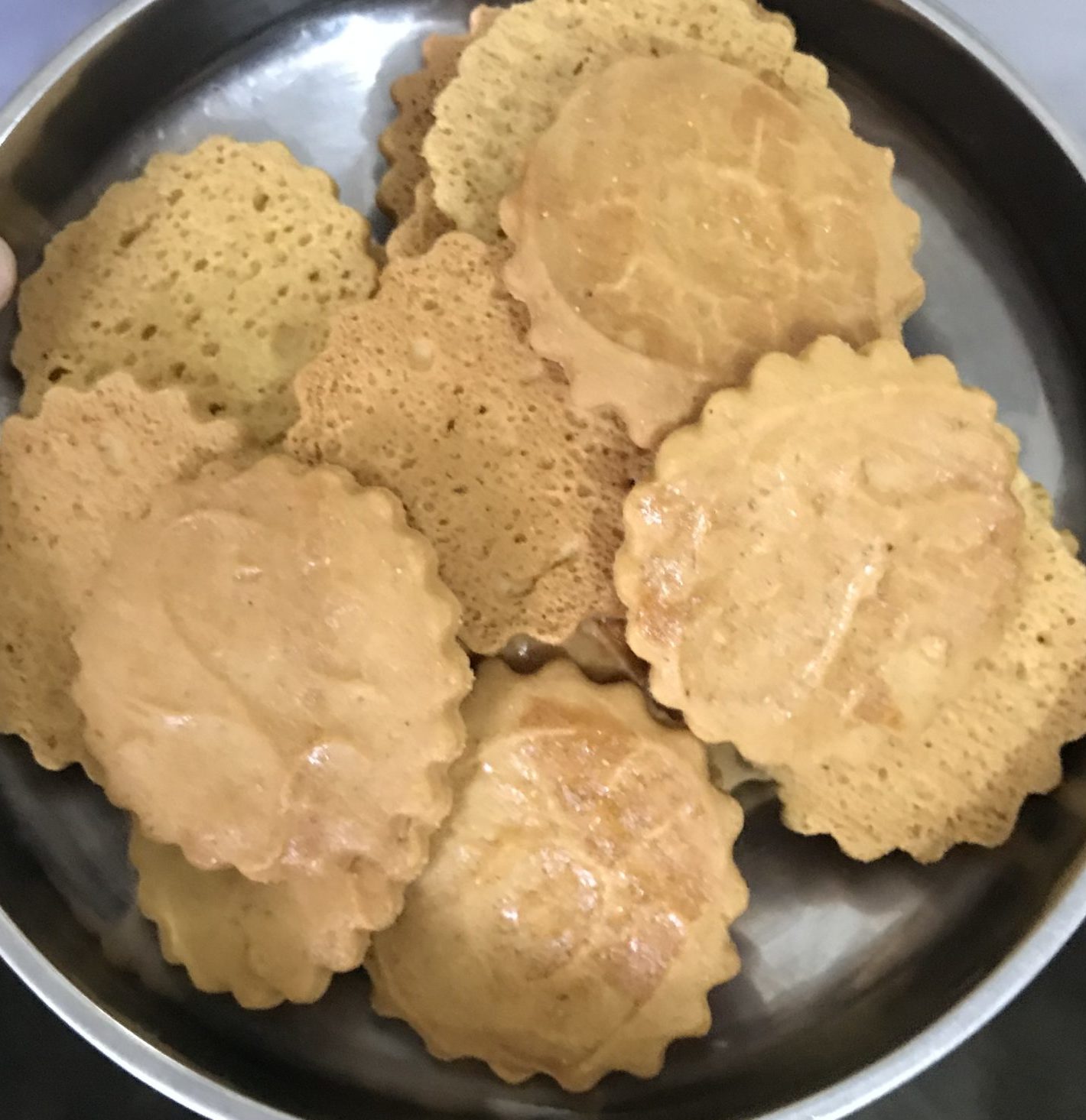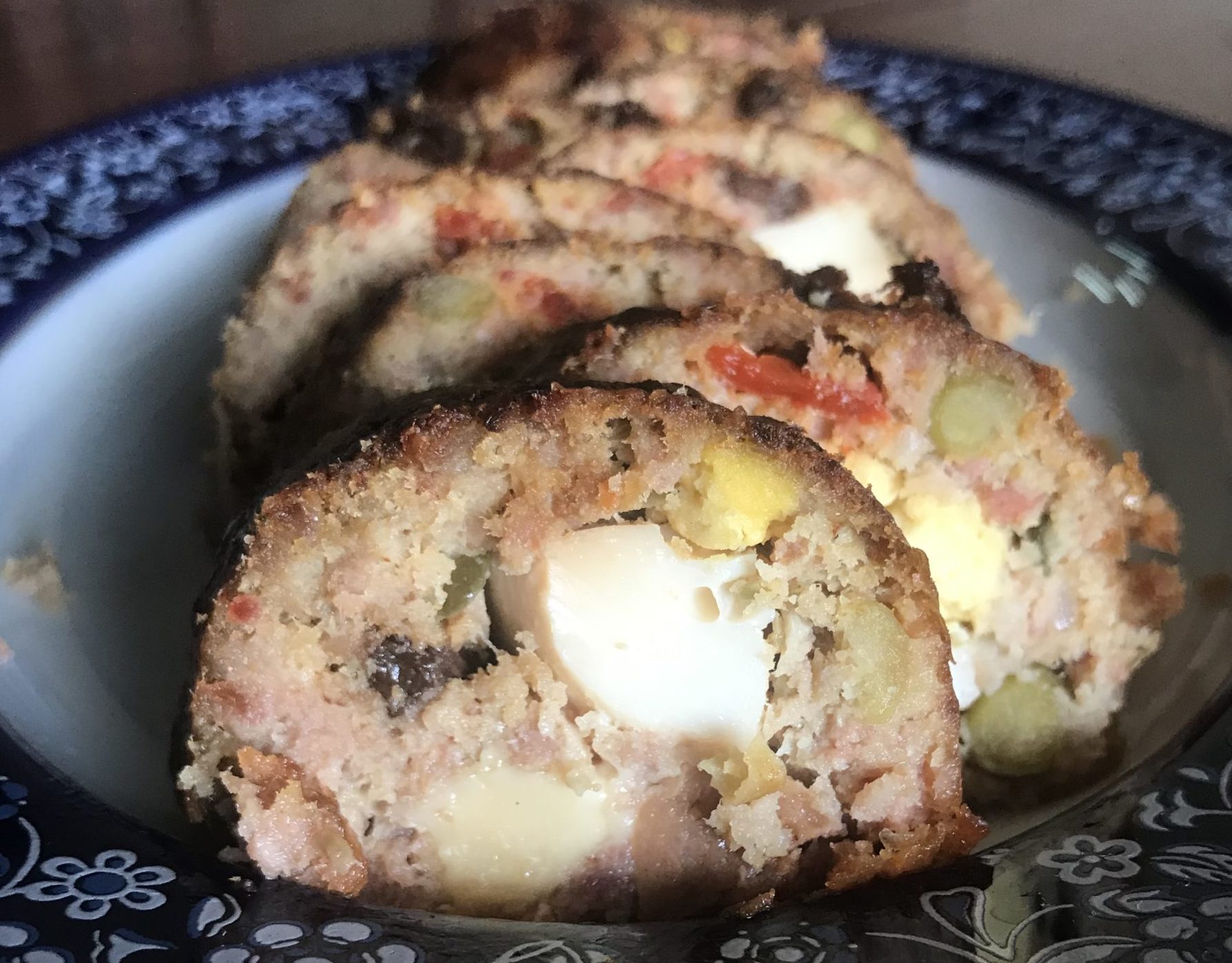People in Samar used to believe that they didn’t have much to offer.
How could we compare ourselves to Cebu and other progressive cities? We were a road less traveled as a region,” says Karina Rosa Tiopes, Tourism director of Region 8. “But we were able to prove that we can play side by side with the others.”
To rebuild the image of a province that has been ravaged constantly by natural disasters and which has a reputation for being unsafe and with a struggling economy, then governor and now Rep. Sharee Ann Tan started “Spark Samar” in 2015.
With Tiopes, Tan worked to promote inclusive growth among the people through tourism and community-building programs. “We wanted to spark pride and convince the locals that we have such beautiful spots in the province,” she says.
They enhanced market-ready attractions like the Luluwagan Falls in Calbiga, trained and empowered tourism officers, helped startups develop their specialties, and even invested in an efficient campaign to advertise the province’s offerings.
It resulted in a significant increase in visitors and income for the rural businesses.
One of their successful strategies was the introduction of “The Secret Kitchens of Samar,” which allows guests to discover the well-guarded, centuries-old culinary secrets of many Samarnon families.
“We usually don’t share recipes,” says Rosario Francisca Miel, tourism operations officer. “I have a tita who’s the only one who knows how to make the boracho. It’s a dessert tower with a cake base. There’s cinnamon and meringue in there. Whenever she makes it, she closes the doors and windows. She has to be the only one in the kitchen.”
These days, that practice is slowly fading as a new generation of home cooks is opening its houses and recipe books to give people a taste of Samar cuisine.
Savor and slurp
In Calbiga, Ermelba Orlanes wakes up in the early hours to prep the tinola that people queue up for starting at 5 a.m. She learned to make the chicken soup in the late ’90s from her mother-in-law, who sold it from her ancestral home. In 2017, Orlanes decided to open a carinderia along the busy Daang Maharlika Highway and the demand grew even further. She and her staff cook 20 native chickens a day.
Orlanes’ version is clean-tasting, spiked with ginger, lemongrass and dulaw or turmeric leaves. It is a departure from versions available in Manila, which usually have unripe papaya and dahon ng sili. The streetside shack also sells lechon kawali, kaldereta, pork steak, paklay, bopis, pork binagoongan, and the other dish they have become known for, pacdol, which Orlanes says is the Waray balbacua. It is boiled-to-tender cow or carabao’s feet with a bunch of aromatics.
Not far from the 40-seat carinderia is Danilo Castro’s work station where he churns out more than 50 dozen binagol a day. It’s a sweet delicacy that he learned to cook from his parents. He grew up in Leyte, where the binagol is very popular. It comes like a gift, wrapped in banana leaf that has turned dark green from eight hours of steaming and tied with string.
The sweet dense cake in a coconut shell is made of talyan, a variety of taro, milk and latik.

In Paranas, Purification “Epen” Abantao started her bakery in 1992. At her Purity Bakeshop, she has hopia, pan de coco and dinner rolls called pinudyot. But what she sells a lot of is the galletas, thin round biscuits made of flour, brown sugar, yeast, salt, water, calamansi and lard. That wasn’t always the case. When she introduced it in 1994, she had a hard time selling the galletas because it cost more than the other items. Over time, customers caught up and found it worth the cost.

Clam industry
Many residents of Jiabong municipality rely on mussels or tahong for livelihood. The clam industry started in 1970, says Robin Labine, the punong barangay in Alejandrea. The men haul in a total of 200 sacks daily—and that’s on a weak harvest. On a good day, it can reach up to 1,000 sacks, usually from October to November when it’s mussel season.
Café Alejandrea, a restaurant built of bamboo, the same material used in mussel farming, offers a wide variety of tahong-based dishes, including adobo, fried nuggets, barbecue on stick, relleno and one cooked à la Bicol express. It stands along the Bagbag River, with a view of the men sailing in with their daily harvest.
In Gandara, Marietta Bernales, 46, has made a living selling keseo, a soft white cheese made by soaking pasteurized carabao’s milk in vinegar. Her grandmother used to make it to pay for her education. Bernales produces keseo under her own brand, Mayette’s Native Products.

She also offers tablea and a wide variety of cookies like roscas, corioso, salvaro and decaña, which is flavored with star anise. She started her business in 2010 and now her products are sold in shopping malls, airport terminals and pasalubong centers.
No trip to Calbayog would be complete without a visit to Ping-ping’s Tinapa in Barangay Matobato. It’s a 40-year-old family business, which is now run by Sandy de Guzman. Every day, he supervises the process—about 1,500 fresh fish (alumahan or hasa-hasa) are brought in, washed, gutted and cleaned by hand; then steamed and smoked. A box of 13-15 is sold for P500. They can also be bought vacuum-sealed for longer shelf life.
Rice cakes and more
When it comes to kakanin, Samar has a lot to offer.
In Pinabacdao, Maritess Amante, 50, makes piking, palm-sized cassava chips drizzled with thick panutsa sauce; linupak, a disc-shaped mash of boiled cassava and grated coconut; kurukud, a two-tone suman made with black and white glutinous rice; and puto conserva, a pillowy pouch of cassava filled with bukayo.
The most interesting of the lot is the sagmani where grated taro is first sautéed in margarine, anise seeds and brown sugar, mixed with roasted peanuts, then stuffed inside half a cheek of gabi. It is wrapped then steamed for two hours.
In San Jorge, there’s suman latik, which refers to a rice cake cooked inside a hagikhik leaf, and served with a sugary sauce called hati. Elenita Gadano, who learned the process form her mom Eugenia, has been making it for 20 years. On special occasions like fiestas or the Christmas holidays, she gets over 1,000 orders, at P6 apiece.
Another specialty in the municipality is a rice crispy bar called piñato de uno. The Corales sisters continue their lola’s 50-year-old recipe. All components are made from scratch—from toasting the peanuts and pinipig to cooking the rice puffs.
They place all these in a basin, pour the kalamay, then onto a paper-lined table for molding and slicing. It’s a treat that has paid for their education and is now their livelihood.

Home-cooked hits
In Catbalogan City, you get to taste a bevy of rich and delicious heirloom dishes. Siblings Mary May and Gilbert Paleyan sell their family’s Bola Catalana for P300 a roll. It’s a version of embutido, made of ground pork, peas, raisins, boiled egg, sausage, bell pepper, milk and breadcrumbs stuffed tightly inside caul fat then baked. It’s a recipe passed on to them by their Lola Petrona.
Samar also has lechon. What makes theirs unique is the stuffing of lemongrass, red chili, laurel leaves, garlic and star anise. The meat is tender, very flavorful and doesn’t need extra condiments. The skin is golden, crisp and salty. Tito Lancuyan is among the few who offers this kind of roast pig. He sells each for about P6,000, depending on the pig’s size and weight.
If there’s one thing Samar is known for, it is tamalos, which should not be compared to and confused with Pampanga’s tamales. Juliana “Bebot” Samson has kept her grandmother’s recipe and is willing to share it to those who want to learn it.
Tamalos is made by, first, cooking pork adobo, then separating the meat from the broth. The reserved liquid is mixed with chopped chili, annatto powder and ground peanuts, then cooked until thick. On a banana leaf, masa dough is rolled until thin, topped with pork adobo pieces and a generous pour of the thick sauce. It is then wrapped and steamed. The result is a spicy, nutty and sticky pork dish that’s typically eaten with keseo or lots of rice.—CONTRIBUTED
“The Secret Kitchens of Samar,” which was set to be launched at the Shangri-La Plaza Mall this weekend, has been postponed. To join the upcoming Samar food tour organized by the author and the Travel Warehouse Inc. this summer, email [email protected]; call Carole or Ian 6872490-92.








































